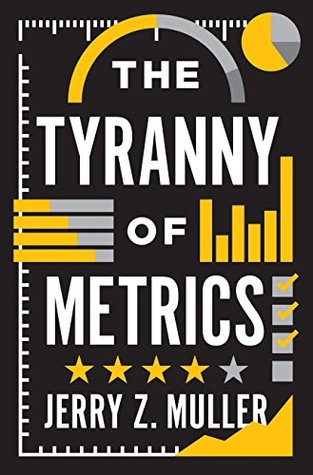More on this book
Community
Kindle Notes & Highlights
There are things that can be measured. There are things that are worth measuring. But what can be measured is not always what is worth measuring; what gets measured may have no relationship to what we really want to know. The costs of measuring may be greater than the benefits. The things that get measured may draw effort away from the things we really care about. And measurement may provide us with distorted knowledge—knowledge that seems solid but is actually deceptive.
Used properly, measurement, as we’ll see, can be a good thing. So can transparency. But they can also distort, divert, displace, distract, and discourage. While we are bound to live in an age of measurement, we live in an age of mismeasurement, over-measurement, misleading measurement, and counter-productive measurement.
Most organizations have multiple purposes, and that which is measured and rewarded tends to become the focus of attention, at the expense of other essential goals. Similarly, many jobs have multiple facets, and measuring only a few aspects creates incentives to neglect the rest.8 When organizations committed to metrics wake up to this fact, they typically add more performance measures—which creates a cascade of data, data that becomes ever less useful, while gathering it sucks up more and more time and resources. In the process, the nature of work is transformed in ways that are often
...more
What has come to be called “Campbell’s Law,” named for the American social psychologist Donald T. Campbell, holds that “[t]he more any quantitative social indicator is used for social decision-making, the more subject it will be to corruption pressures and the more apt it will be to distort and corrupt the social processes it is intended to monitor.”9 In a variation named for the British economist who formulated it, we have Goodhart’s Law, which states, “Any measure used for control is unreliable.”


